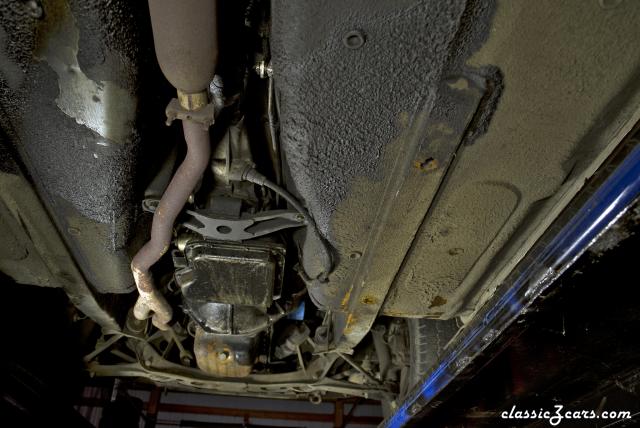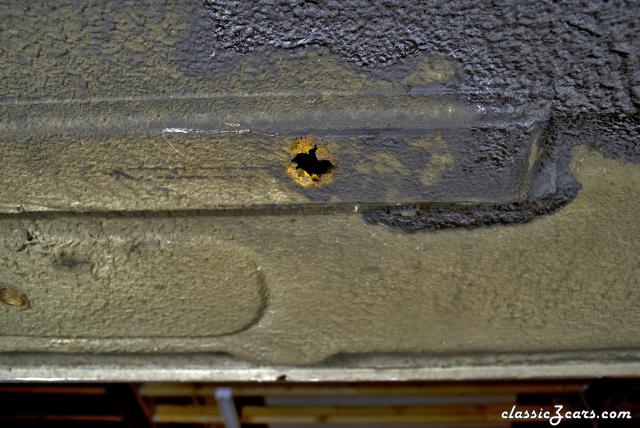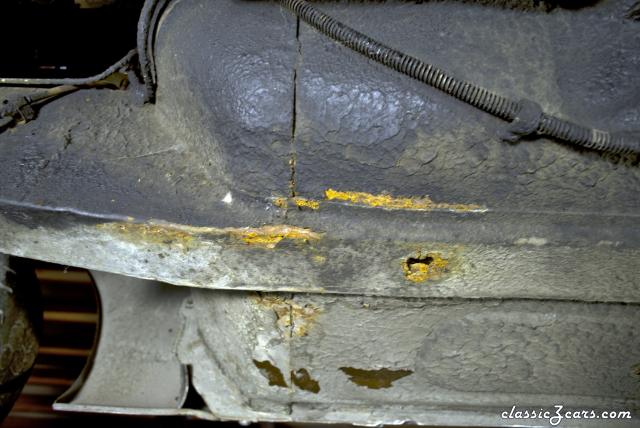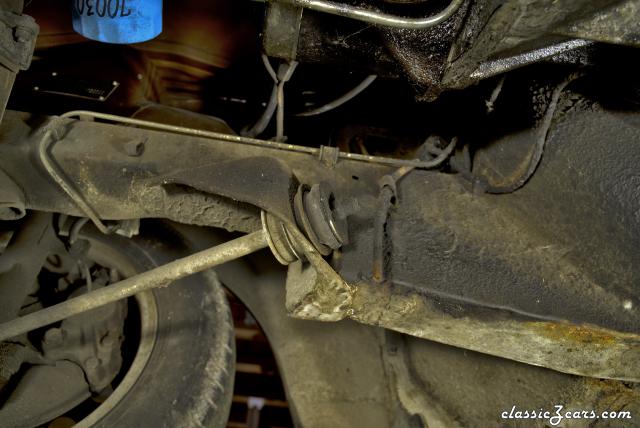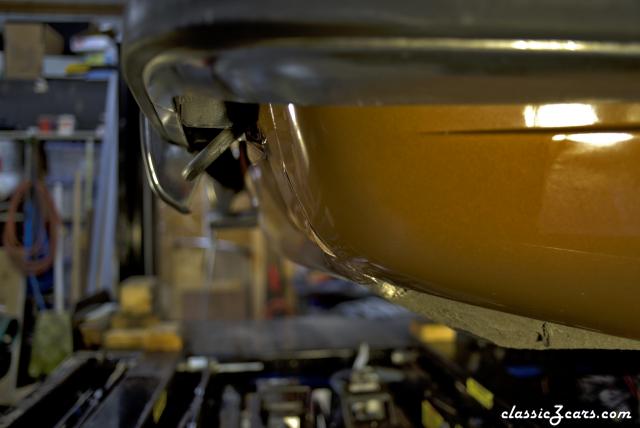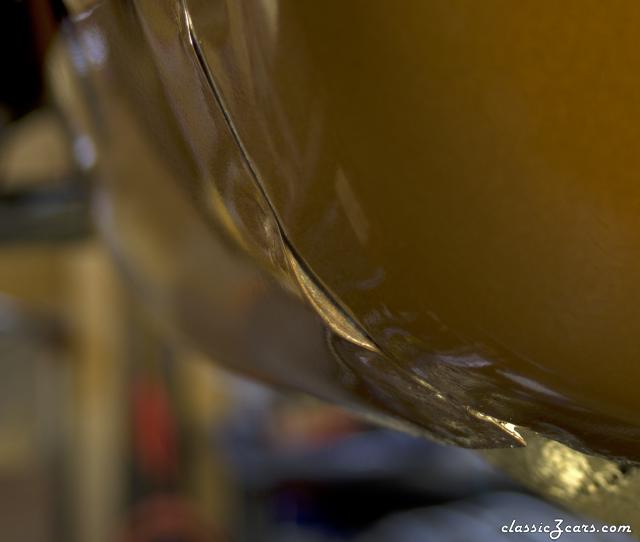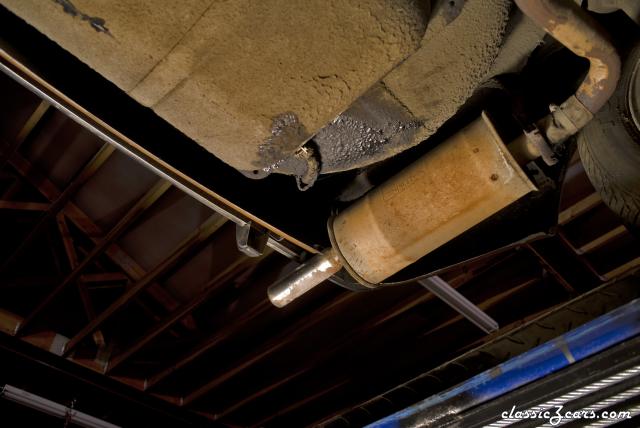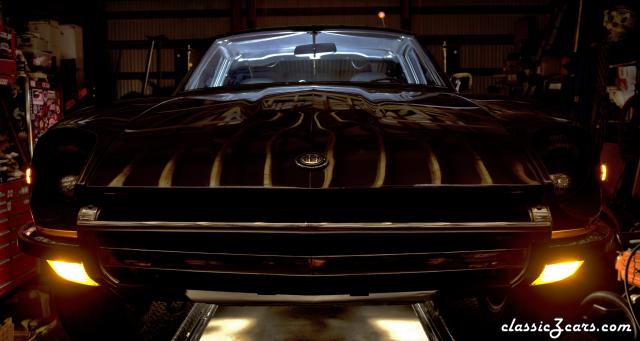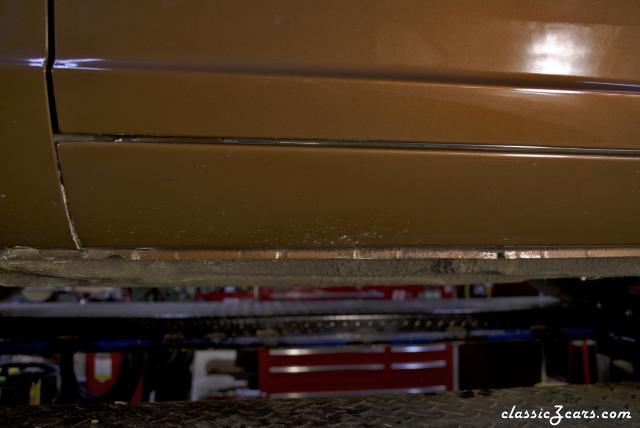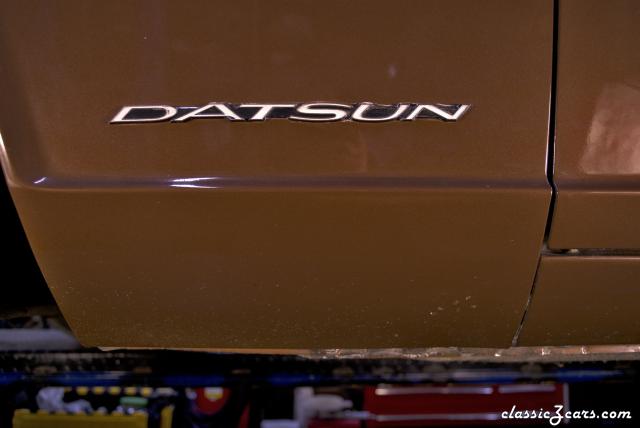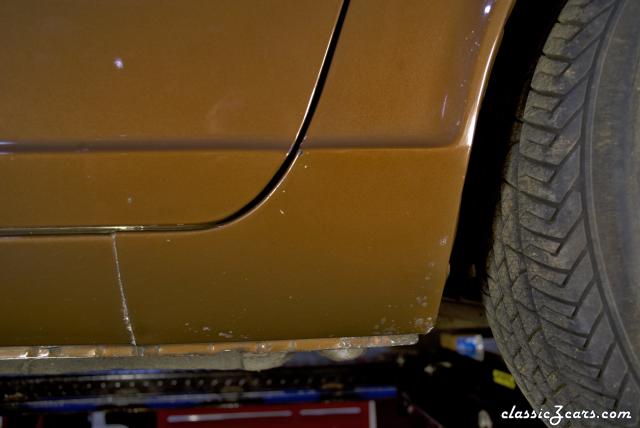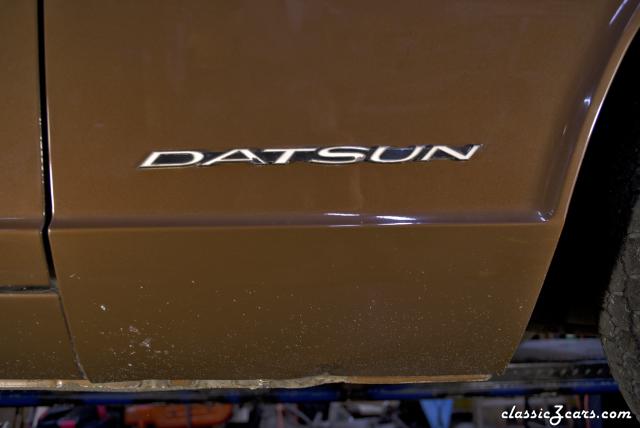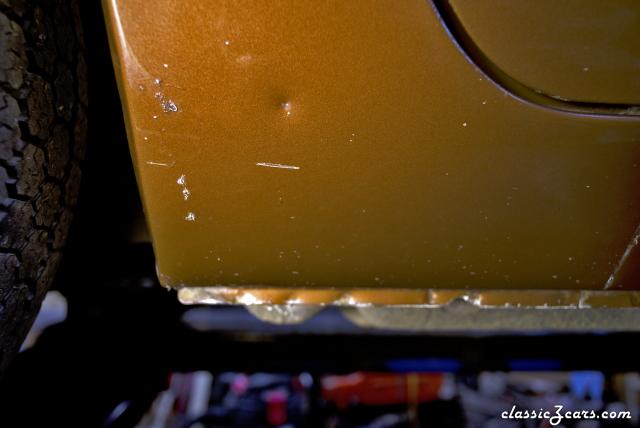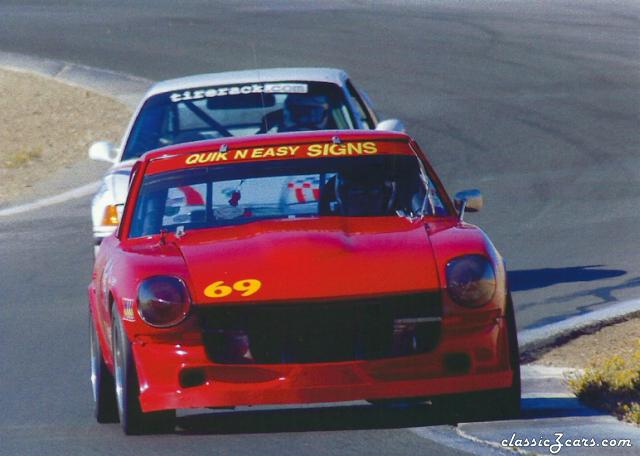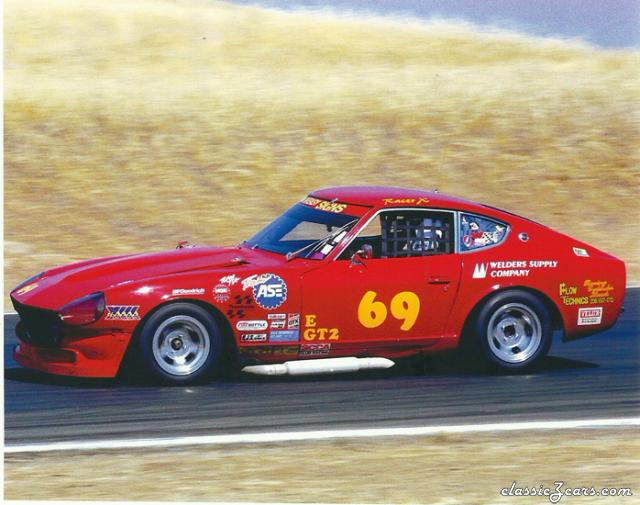
Everything posted by Racer X
-
HLS3056539 1972 240Z 0014
-
HLS3056539 1972 240Z 0013.jpg
From the album: Z Garage
© Racer 2020
-
HLS3056539 1972 240Z 0012
-
HLS3056539 1972 240Z 0011
-
HLS3056539 1972 240Z 0010
-
HLS3056539 1972 240Z 0009
From the album: Z Garage
A closeup of a flaw in the manufacture of this car. The panels weren't aligned and clamped, so the rear valance buckled. They filled it with seam sealer and painted it.© Racer 2020
-
HLS3056539 1972 240Z 0008.jpg
From the album: Z Garage
© Racer 2020
-
HLS3056539 1972 240Z 0007.jpg
From the album: Z Garage
© Racer 2020
-
HLS3056539 1972 240Z 0005.jpg
From the album: Z Garage
© Racer 2020
-
HLS3056539 1972 240Z 0004.jpg
From the album: Z Garage
© Racer 2020
-
HLS3056539 1972 240Z 0003.jpg
From the album: Z Garage
© Racer 2020
-
HLS3056539 1972 240Z 0002.jpg
From the album: Z Garage
© Racer 2020
-
HLS3056539 1972 240Z 0001.jpg
From the album: Z Garage
© Racer 2020
-
Hybridz is down
Its working today. Went there just now.
-
Thunderhill
From the album: Racer's Z Cars
Kicking BMW arse. -
Thunderhill
From the album: Racer's Z Cars
What a fun course to run. Had a great weekend. -
Racer's Z Cars
Some photos of my Z's.
-
Random Misfire while cruising
That's the one I have. A bit fiddly, but works. I've swapped out springs with the head on many times.
-
Random Misfire while cruising
If you have the correct valve cover gasket, the grey fiber type, not the cork ones, it should be reusable.keep the gasket surfaces clean, and don't use any sealing compounds. I find on mine the gasket usually stays stuck on the cover, so I lay out clean shop towels and set the cover on them while doing valve work. I use stainless steel allen head bolts with flat washers, and a speed wrench with an allen head socket that fits the bolts. Except for setting the initial valve lash on freshly built engines I usually set the valve lash hot, so I gotta be quick. I also use a starter button to bump the engine over. The lash settings can be done moving the engine only once after setting it for number 1 cylinder if memory serves me. It usually takes me 15 to 20 minutes from taking the cam cover off to torquing the bolts on it after I'm done. Always torque the bolts. With a good torque wrench, like MAC, or Snap Off. I do mine at 10 ft lbs. How long have you had this car? How many miles has it been driven in that period? Has valve train maintenance been done on it since you have owned it? L series engines demand a well maintained valve train. Keeping things adjusted and watching for developing issues is all part of a regular routine that must be implemented. i
-
Random Misfire while cruising
Based on the spark plug you posted it doesn't look like the problem is oil from a bad valve stem seal, so no, removal of the cylinder head is not indicated.
-
Random Misfire while cruising
No. A malfunctioning positive crankcase ventilation valve will not affect only one cylinder. Dry black isn't oil, oil would be wet. Dry is usually carbon, left behind by the unburned fuel during the misfire. The pictures of the fouled plugs support this. A rich mixture, or a weak ignition spark is typically the cause. Also, you don't need to pull the cylinder head to change the stem seals (although I don't think this is your problem). A tool to compress the valve spring is required. The tool I have was made for valve spring changes on the L series heads. It is a lever that has two books the go under the camshaft on either side of the cam lobe, and an open cup that fits over the spring retainer. You simply hook it under the cam, push down on the lever, and remove the keepers with a magnet on a stick. Sorry, I can't seem to find a picture of one. Also needed is a means to keep the valve from dropping into the cylinder. I made a tool for this using an old spark plug. I broke the porcelain out of it, cleaned the bore, and welded an air tool quick connect nipple to it. You also need a compressor that will supply enough air flow to keep up with the air leakage past the piston rings. You can buy an adapter that does this, but I'm a cheapskate, so I made the tool I described. One last note. I noticed there isn't any antisieze on the spark plug threads. It is very important to use antisieze on the threads, and torque the plugs (I set them at 13 ft lbs). If you don't, then the threads in the cylinder head will call, then pull out. Then you will be repairing the threads in the head. This is what I use. It doesn't take much, just a thin coat, on all of the thread on the spark plug. Be tidy with it, get it on your fingers and it will suddenly be everywhere, something you don't want. I bought a can (it used to come in a steel can) over 40 years ago, and still have over half of it left, and I have changed thousands of spark plugs.
-
saturday night music thread
-
Z's on BAT and other places collection
It's like a water cooled motorcycle engine. Nicely laid out engine too, the distributor driven directly on the end of the camshaft, and even a cable driven tachometer.
-
COVID-19
Frank Zappa for President.
-
Another ebay car....
So this harmony dude relists the car at nearly double what he had it listed for earlier. And I see Beverly Hills has another Midwestern rustbucket up. https://www.ebay.com/itm/1973-Datsun-240Z/224281422502?_trkparms=aid=111001&algo=REC.SEED&ao=1&asc=20160727114228&meid=022f1e61ba51438cb951e7149c339691&pid=100290&rk=2&rkt=4&sd=164649789199&itm=224281422502&pmt=0&noa=1&pg=2060778&_trksid=p2060778.c100290.m3507&redirect=mobile





